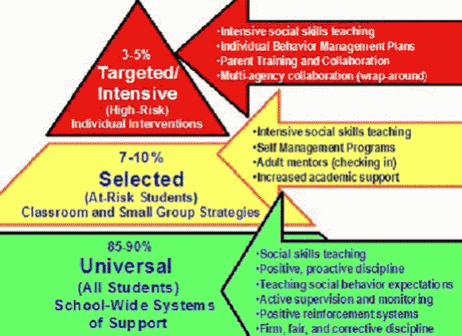Bridget Sheen’s Updates
Update 1: Discussion Topic/Week 1: Operant Conditioning
A key idea in behaviorism is operant conditioning. Operant conditioning was introduced by B. F. Skinner in 1938 and is a process in which behavior is changed; a reinforcement is provided when the subject executes the desired behavior. This differs from classical conditioning (Pavlov), because in classical conditioning the subject would learn to associate two stimuli, rather than a behavior.
Within the concept of operant conditioning there are three key topics: neutral operants, reinforcements (positive and negative), and punishments.
- Neutral operants can be considered the base or the constant. These are responses that neither decrease nor increase likelihood of repeated behavior.
- Reinforcements are the responses in the environment that encourage or increase the likelihood ofthe desired behavior. You can have positive reinforcements or negative reinforcements.
- Positive reinforcements are when a positive reinforcer is provided to encourage desired outcomes. Positive reinforcement builds the likelihood of a behavior by providing aresponse that is viewed as a reward.
- Negative reinforcements are when a negative reinforcer is removed when the desire behavior is executed. Negative reinforcement builds the likelihood of a behavior because it ends an unpleasant experience by removing or stopping the negative reinforcer.
- Punishment is when the response from the environment to a behavior in negative. It is the opposite of reinforcement; rather than trying to increase a positive behavior in place of a negative one, it is trying to simply decrease a negative behavior. However this can cause issues, because while the desired behavior will often win out while punishment is present, when punishment is removed natural responses will often return or punishment itself other negative reactions will become visible (anger, aggression, fear, etc.). There can be positive or negative punishment as well.
Along with the classroom based examples above, you can see this concept in practice through the school process of PBIS. PBIS is a program in which "The school will focus on three to five behavioral expectations that are positively stated and easy to remember. In other words, rather than telling students what not to do, the school will focus on the preferred behaviors" (SWPBIS for Beginners).
In PBIS there are three tiers:
Most students fall within the bottom, largest tier. Here desired behavior is reinforced, which encourages that behavior to increase and others to decrease. The smaller subgroups of students that need more personalized and/or intensive behavior management would move into the higher tiers (2 and 3), in which the other concepts of conditioning would take place. However, in all tiers, the goal is postive reinforcement as much as possible. And the overall goal of PBIS is to keep or move students into tier 1 reinforcement.
“SWPBIS for Beginners.” Positive Behavioral Interventions & Supports, National Technical Assistance Center on Positive Behavioral Interventions and Supports, 2017, www.pbis.org/school/swpbis-for-beginners.


